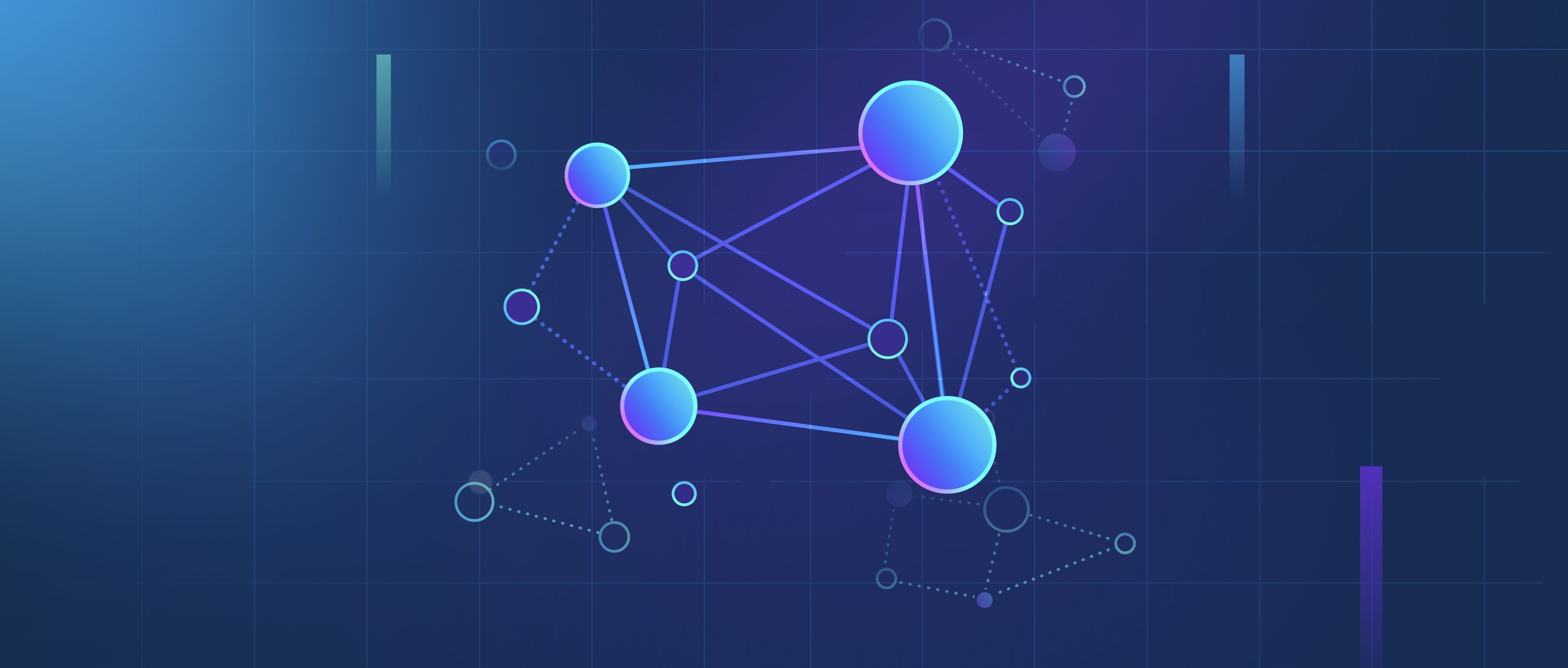OpenAI developed DeepResearch as part of its broader mission to advance artificial intelligence (AGI) in a way that is safe and beneficial to humanity. The historical context for this lies in the increasing complexity of AI research, particularly after breakthroughs in deep learning and reinforcement learning in the 2010s. As models grew larger and required more computational resources, OpenAI recognized the need for systematic approaches to explore novel architectures, optimize training processes, and ensure reproducibility. Projects like GPT-3 and DALL-E demonstrated the potential of scaling neural networks, but they also highlighted challenges like high costs, ethical concerns, and the difficulty of aligning AI systems with human values. DeepResearch likely emerged as a framework or initiative to streamline experimentation, foster collaboration, and address these challenges methodically.
A key motivation was to accelerate progress in solving real-world problems while mitigating risks. For example, reinforcement learning research at OpenAI, such as the development of OpenAI Five (which mastered the game Dota 2), required iterative experimentation with multi-agent systems and reward mechanisms. DeepResearch might have been designed to codify best practices for such projects, enabling researchers to share tools, datasets, and methodologies. This aligns with OpenAI’s emphasis on transparency in earlier years, though the organization later shifted toward more closed models for safety reasons. By creating infrastructure to manage large-scale experiments, OpenAI aimed to reduce redundancy, improve efficiency, and focus resources on high-impact problems like climate modeling, healthcare, and AI safety.
Another factor was the need to address technical bottlenecks. Training massive models like GPT-4 demands not only computational power but also innovations in distributed systems, data pipelines, and optimization algorithms. DeepResearch could represent OpenAI’s internal efforts to develop reusable tools for hyperparameter tuning, debugging, and model evaluation. For instance, frameworks like Gym (for reinforcement learning environments) and Baselines (for algorithm implementations) were early examples of OpenAI’s commitment to standardizing research workflows. By formalizing these efforts into a cohesive initiative like DeepResearch, the organization could maintain its leadership in AI innovation while ensuring that advancements are scalable, ethical, and aligned with societal needs. This approach reflects a balance between open scientific inquiry and the practical demands of deploying AI responsibly.
